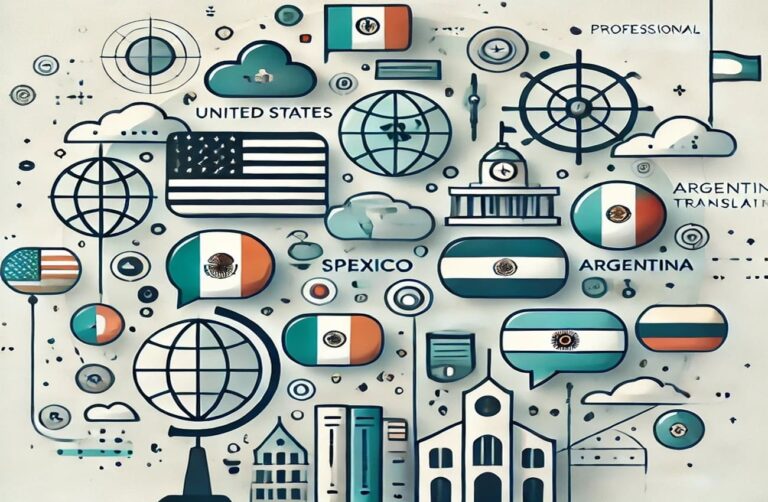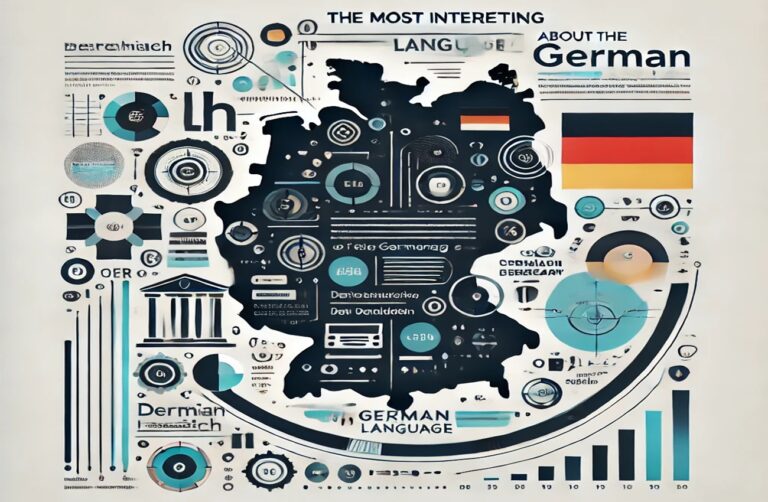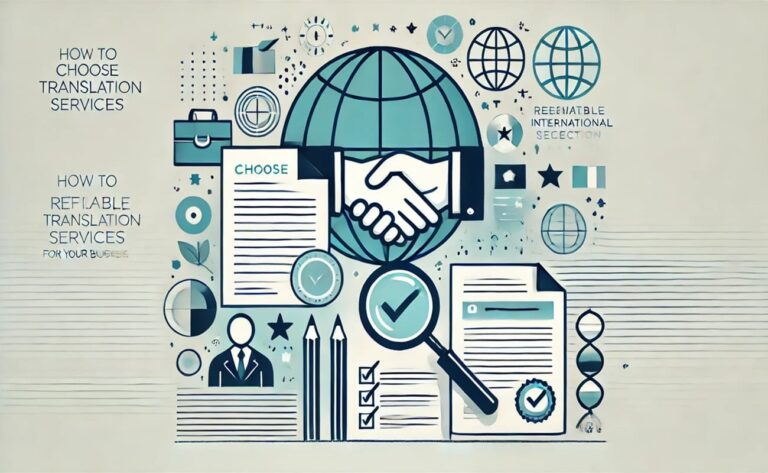Translation trends for 2025: alternatives to DeepL.
Translation trends are changing rapidly, and what worked a couple of years ago may be falling short today. DeepL has long been a favourite choice for machine translation, but in 2025 the landscape is much broader and more interesting. In this post, we explore what new tools are gaining ground and why it’s worth looking beyond the usual.
Translation quality: from competitive advantage to basic level
By 2025, thanks to LLMs such as GPT-4o or Gemini, translation quality is already a standard expectation, not a differentiating factor. DeepL still performs well, especially for financial or legal texts, but O.Translator competes by integrating these LLMs (“GPT-4o“, “Gemini“) allowing a deeper understanding of the linguistic context.
At this point, translation agencies rely on the work of professional human translators (native, expert or specialised), aligning themselves with translation trends that prioritise quality over literal content. Their professional translation service includes proofreading, localisation, style and consistency assurance – something that automated solutions have yet to match in creative or marketing content.
Technical terminology and glossaries in translation trends
O.Translator offers a shared glossary system between teams, ensuring dia-ratio uniformity in technical or corporate documentation. DeepL, on the other hand, only allows individual user glossaries.
In translation agencies, and especially in the case of native translators, it is standard to have an in-house terminology base or TMS that supports client glossaries, approvals by various professional translators, proofreaders and project coordination. This ensures consistency across multiple languages and projects over time.

Supported formats and content types
O.Translator supports more than 30 formats: Word, Excel, PowerPoint, XLIFF, JSON, SRT, JPG, PNG, MP3, WAV, TeX, EPUB, and preserves the original layout with high fidelity.
DeepL is mainly limited to common office formats (DOCX, PPTX) and does not cover subtitles, audio, EPUB or images.
Professional translation agencies (and audiovisual, editorial or marketing studios) use CAT and TMS tools capable of handling these more complex formats – including scanning and OCR – together with human review to preserve the original content and style, in line with current translation trends.
OCR and scanned PDFs
O.Translator invests significantly in optical character recognition (OCR) and format preserving translation. This makes it easy to translate scanned documents-contracts, old manuals, academic papers-with excellent editable results.
DeepL does not offer advanced capabilities in this field. Translation agencies with experience in scanned documents use third-party OCR and proofreading by professional translators to ensure proofreading and editing: a slower flow, but with more control and reliability in legal or medical content, in line with translation trends that prioritise accuracy and human quality.
Language coverage
O.Translator supports more than 100 languages, including less common Asian and African languages. DeepL covers only about 31 mostly European languages.
For professional translation agencies, having native translators of rare languages is essential. Established agencies coordinate teams of more than 100 language combinations and sector specialisations, guaranteeing quality and cultural validity.
Translation trends and pricing models
DeepL uses a monthly subscription pricing model (USD 8.74 to USD 57.49 per month depending on plan or equivalent in Euro).
O.Translator offers pay-per-document model, credit packages with up to 40% discount, free preview before payment (1 USD 20 000 words).
Translation agencies usually quote per word (around 0.08-0.15 USD or EUR per word depending on language and specialisation), per hour or per project, including management, proofreading and formatting. There is no free preview; the client receives a quote and then final delivery. Rates are higher than AI, but the service is comprehensive, with a guarantee, creative support and total confidentiality.
Conclusion: ITA or professional translator?
If what you need is fast professional translation of simple texts or compatible formats, O.Translator offers high efficiency, low cost, a variety of languages and flexible technical support. But if you are looking for professional translation services with human validation, advanced glossary creation, support for complex formats, cultural localisation or creative transcreation, a professional translation agency is still the best option in 2025, especially considering translation trends that demand greater personalisation and quality.
When to choose each option: according to need / context O.Translator (IA) Translation agency (professional translators)
Depends on the case of quick translations without much revision (slower, more expensive).
In case of scanned documents, images, audio/video (but with manual flow, more expensive)
Technical texts with uniform terminology if equipped with shared glossaries and human proofreading
Creative translation, marketing, transcreation (AI only) (professional translator with cultural expertise)
Uncommon languages if supported by AI (specialised team of native translators)
Adjustable prices, no fixed subscription (fixed cost per word/hour)
In short: in 2025 there is no longer a “single king” like DeepL. O.Translator demonstrates that new AI-based platforms offer highly efficient solutions for 100% digital scenarios. But professional translation agencies, with their professional human translators, remain indispensable to guarantee quality, cultural consistency, revisions and specialisation in key sectors. The choice really depends on your work needs.







